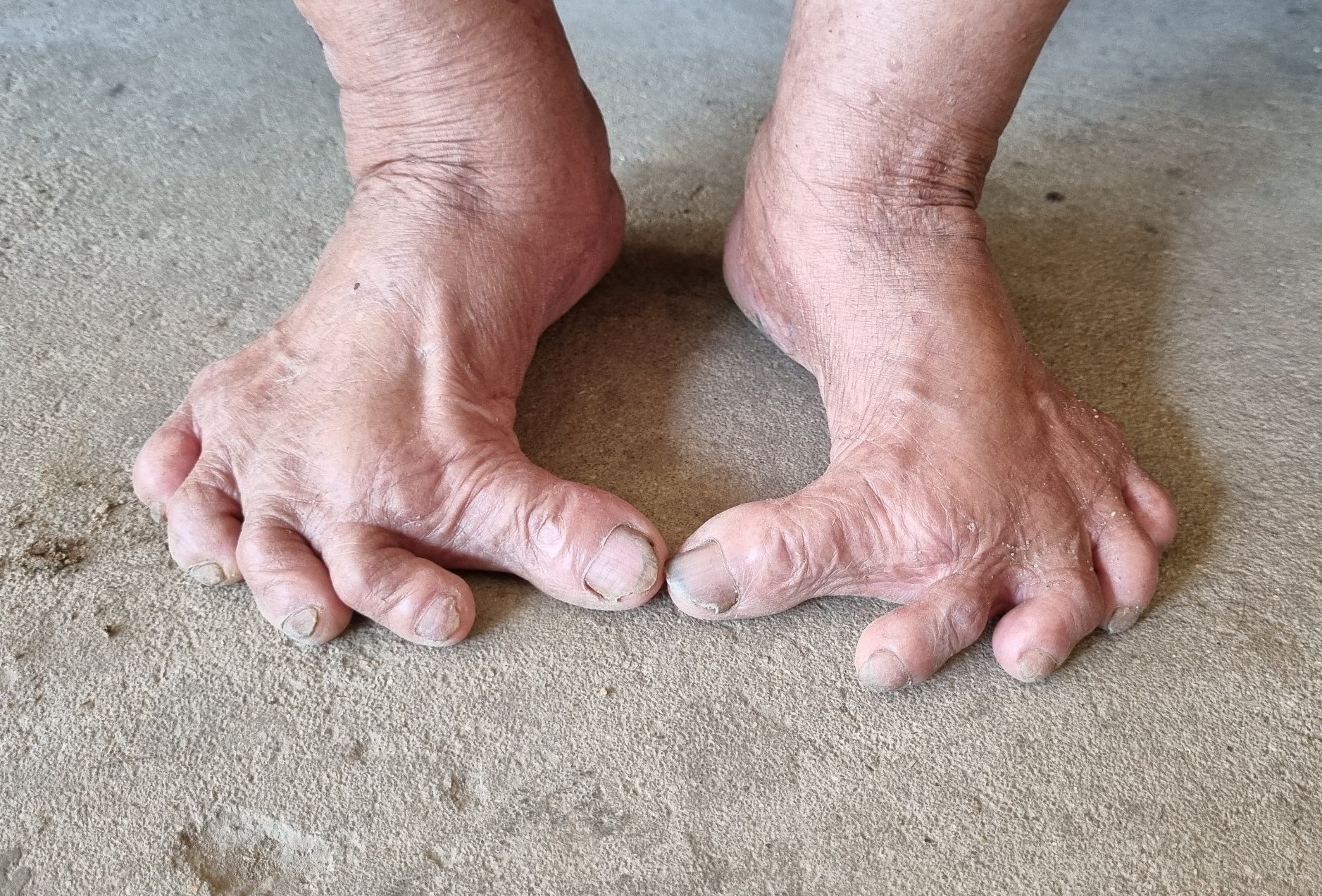
Mrs. Huyen's strangely curved toes, a feature similar to the Giao Chi feet of ancient Vietnamese people recorded in history books - Photo: TRAN MAI
Ms. Nguyen Thi Huyen (86 years old, Nghia Dong commune, Quang Ngai city) has quite special feet. When she stands, her two big toes are curved to the point of touching each other, exactly like the feet of Giao Chi - an ancient Vietnamese people from thousands of years ago.
I heard from my father that my great-grandfather also had "Giao Chi feet".
Ms. Huyen said her special feet have existed since she was born. As she grew older, her feet became wider and her toes more curved.
"When I was 18, my feet were exactly like they are now. When I stood up straight, my big toes could touch each other. When I was young, people said I had ginger feet," Ms. Huyen said.
The strange thing is that these feet do not cause pain or difficulty in walking. The only problem is that she cannot walk fast.
"Every time I walk fast, my two big toes get stuck together. When I was young, I always tripped and fell when I walked fast or ran. Now that I'm old, I walk slowly and am afraid of falling and breaking my bones," said Ms. Huyen.
Ms. Huyen's parents had seven children, all of whom had normal feet, except for hers, which had bowed feet.
When she was young, Ms. Huyen felt sad that her feet were different. Her father told her that her great-grandfather also had the same curved feet.
It was her father's story that helped her comfort herself somewhat and find the "origin" of her unusual legs.
Mr. Bui Hanh (Mrs. Huyen's husband) recalled that when they were young and met, people said that Mrs. Huyen's feet were deformed, so they should consider it because Mrs. Huyen's feet might be hereditary, and her children would have the same problem later.
Despite all the "said", the couple still got together and had five children, now have many grandchildren, but none of them inherited Mrs. Huyen's feet.
"My wife only has big, flat feet and unusually curved toes. She is very healthy, works all year round and rarely feels pain," Mr. Hanh confided.
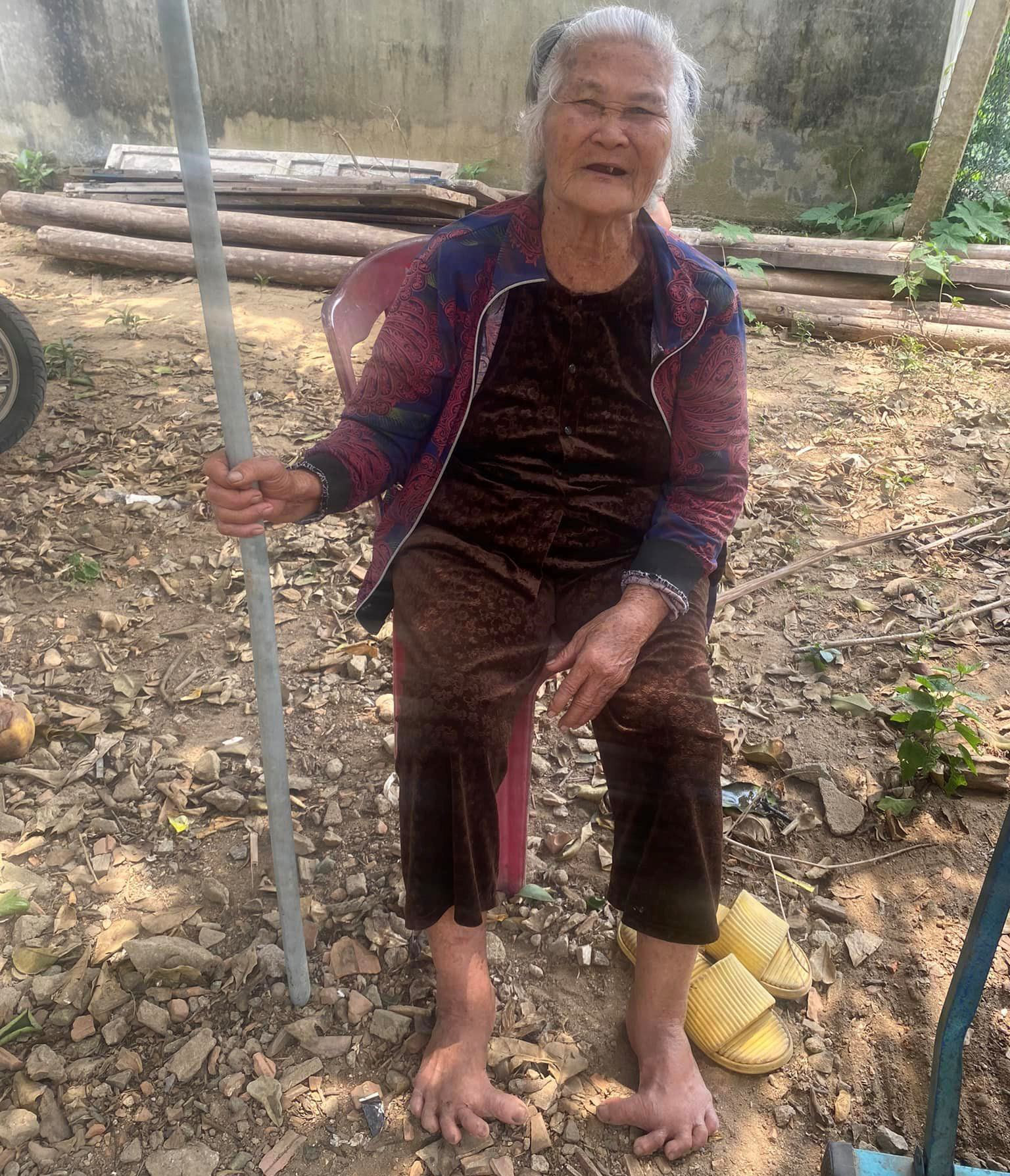
At 86 years old, Mrs. Huyen is still healthy and alert, she still works, selling vegetables. But her strange feet gradually become a burden that easily causes her to fall.
Mrs. Huyen's mind is also very clear, she can remember things that happened for a long time. Every day, her husband and wife grow vegetables to sell at the market.
And her special legs also bear the weight of age. Every time she has to go to the market on time, the old lady has to wake up early, put the vegetables on the bicycle and slowly push it.
According to research, Ms. Huyen's special feet have many similarities to the Giao Chi feet of the ancient Vietnamese community from thousands of years ago.
In Vietnam, similar feet have been recorded in very rare numbers. People with feet similar to Mrs. Huyen are usually very healthy, clear-headed and long-lived.
In 2016, the press reported on the "Giao Chi foot" of Mr. Nguyen Dinh Phuong (105 years old, Thuan Thanh district, Bac Ninh) and claimed that this was the last person with "Giao Chi foot" in Vietnam.
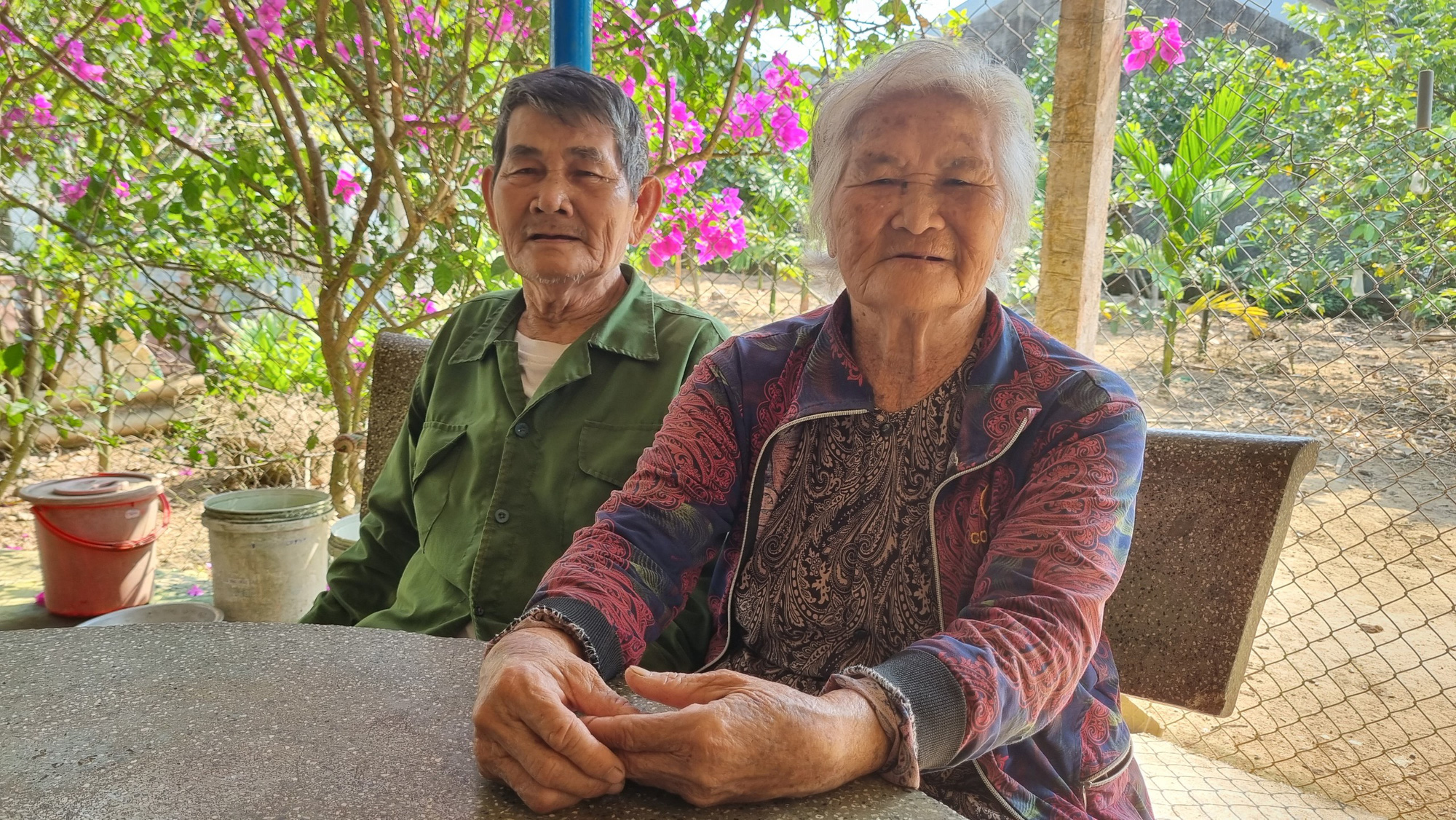
Mrs. Huyen and her husband are currently living together, they are happy with their farming work.
There are various studies on Giao Chi.
According to the book "Brief History of Vietnam" by scholar Tran Trong Kim, Giao Chi was originally the name of one of the 15 departments of the ancient Van Lang country. Giao Chi department during the Hung King period was equivalent to the area of Hanoi and the right bank of the Red River today.
Famous historical figures related to Giao Chi are Hai Ba Trung and Ly Tien.
Researcher Do Huu in the book Thong Dien said: "Giao Chi is a Southern person, the big toe is spread out, when standing with both feet straight the big toe is crossed, so it is called Giao Chi (big toe)". This opinion is accepted by many Chinese and Vietnamese scholars.
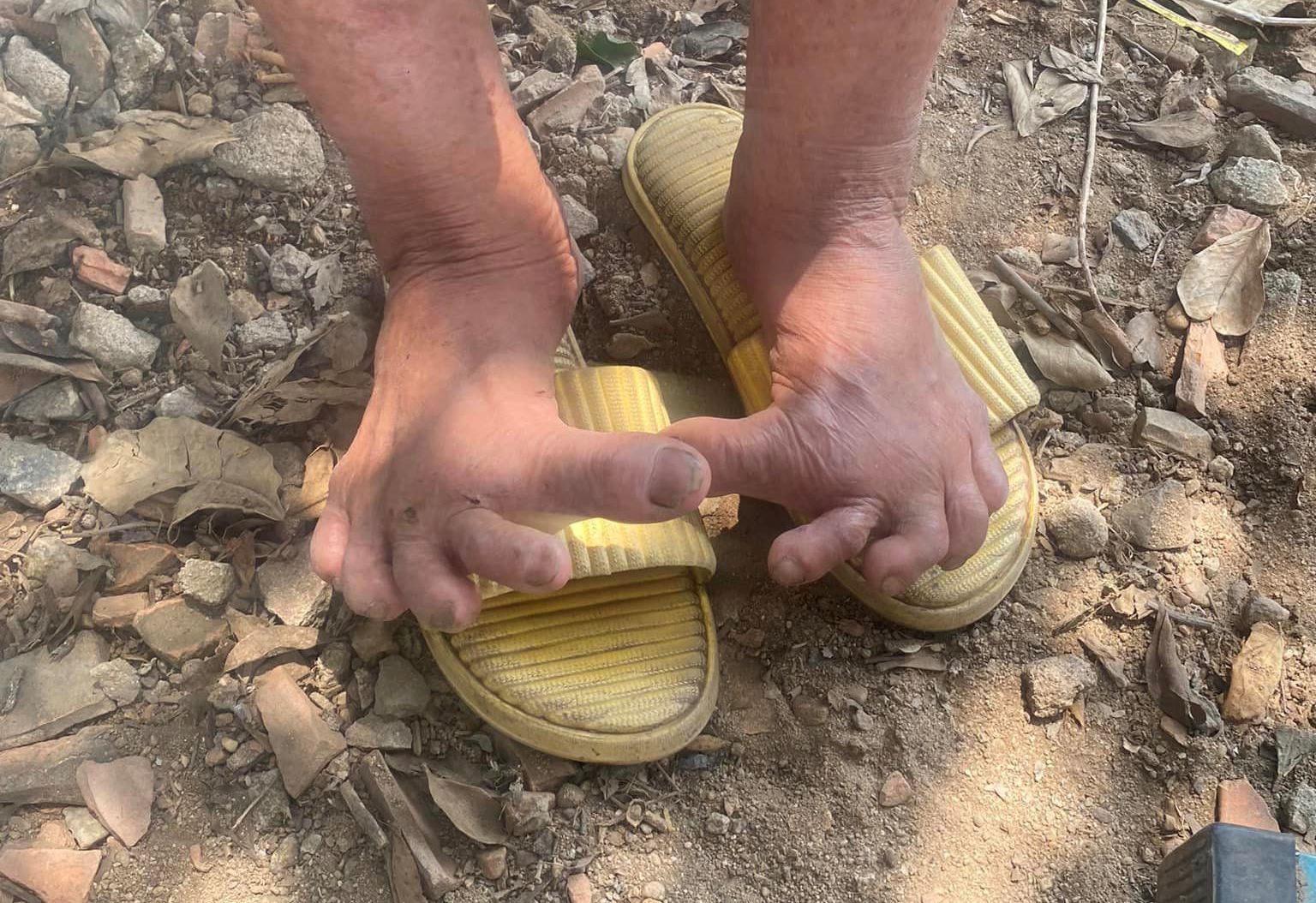
Ms. Huyen's strange feet were there since birth, not a deformity in adulthood.
The Etymology Department (volume Ty, page 141) refuted the above opinion and said: "According to the old meaning, two big toes crossed each other is Giao Chi, but considering ancient Greece, there were the words "opposite pillar" and "lan tru" to call the human race in the world.
"Doi tru" means the South and North are opposite each other, "lan tru" means the East and West are adjacent to each other. The reason for the name Giao Chi is to fit the meaning of "doi tru", because the Northern people call the Southern people, just like one leg is North, one leg is South, opposite each other, not really the people's legs intersecting each other".
Vietnamese historians such as Nguyen Van Sieu, Dang Xuan Bang, Tran Trong Kim, Dao Duy Anh... all follow this second explanation.
In 1868, Dr. Thorel, part of Doudart de Lagrée's expedition, discovered, studied and commented that the phenomenon of two crossed big toes was "a characteristic of the Annamese race". Later, other French scholars also noted this.
Source


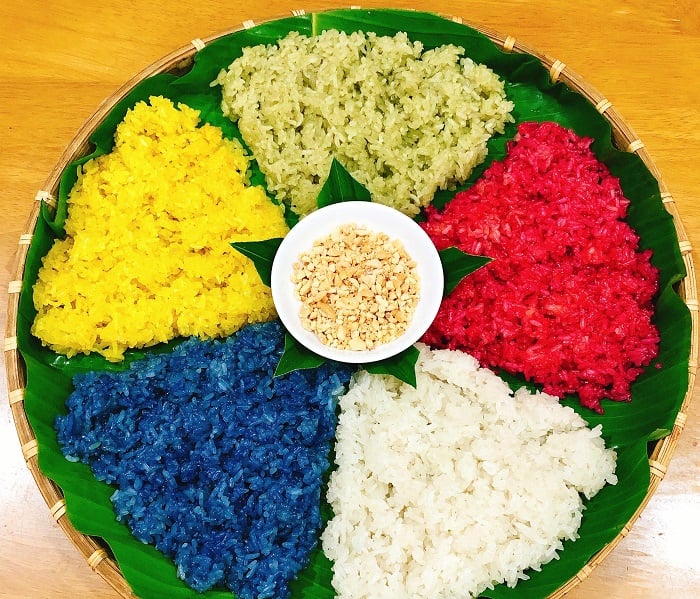

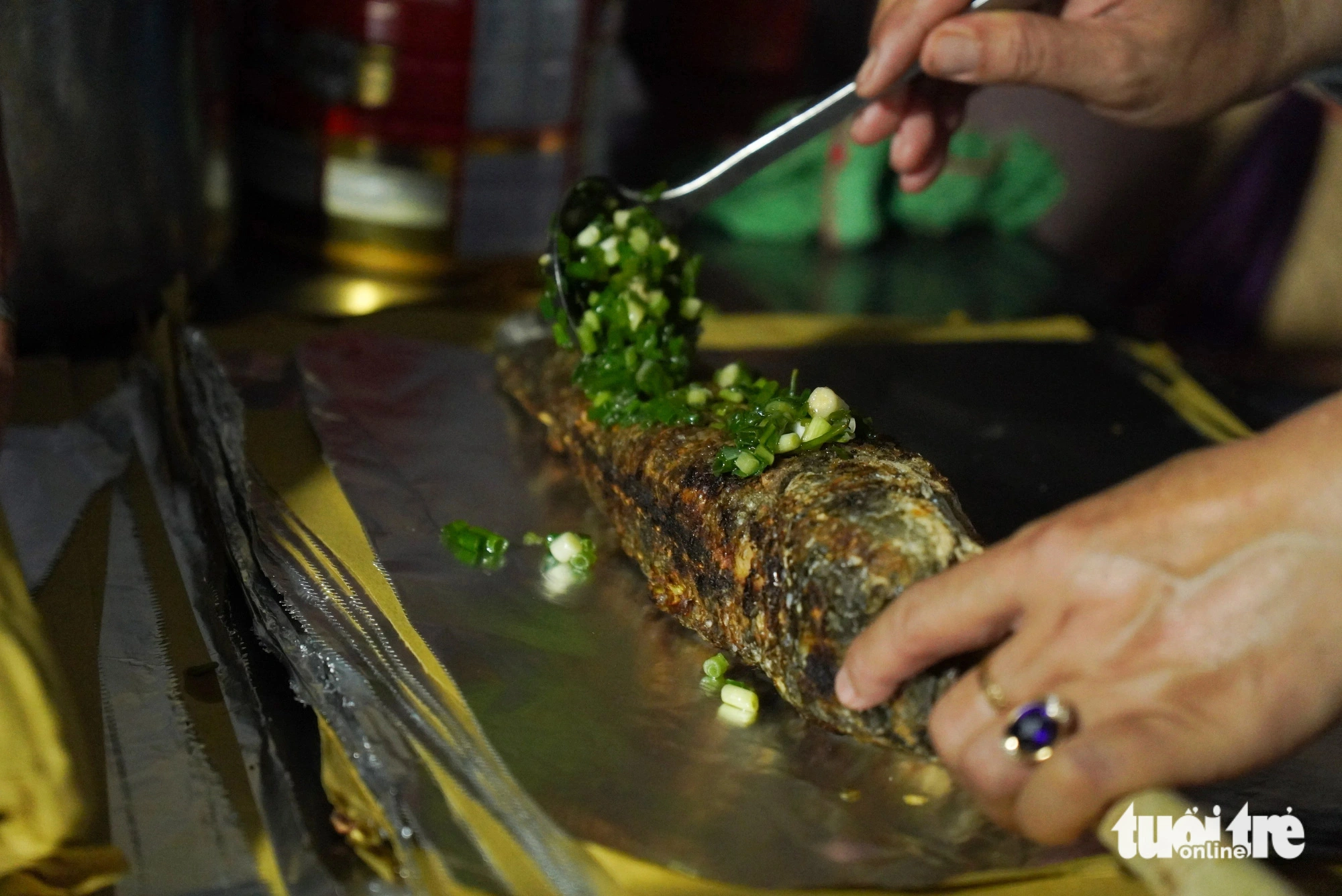

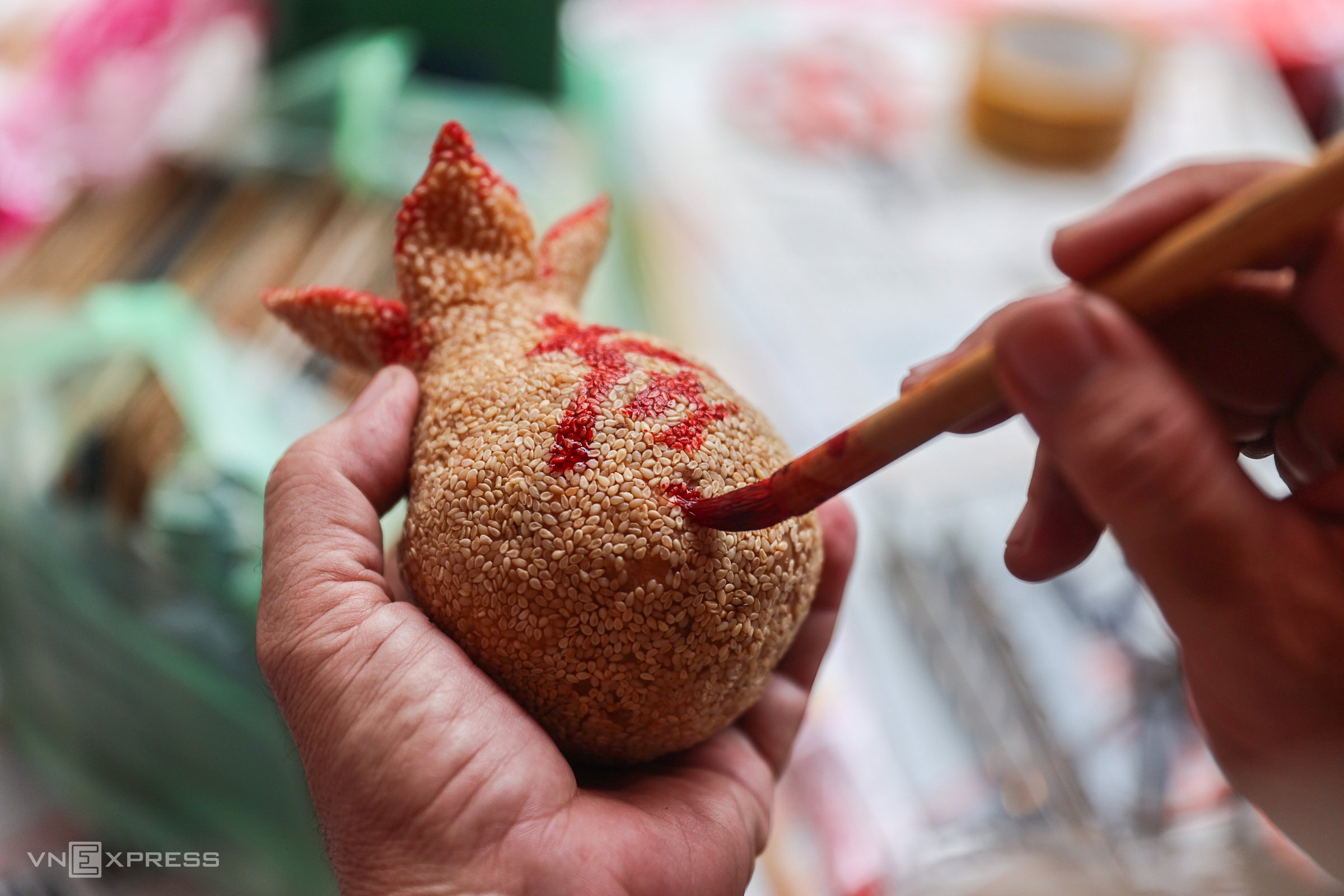




















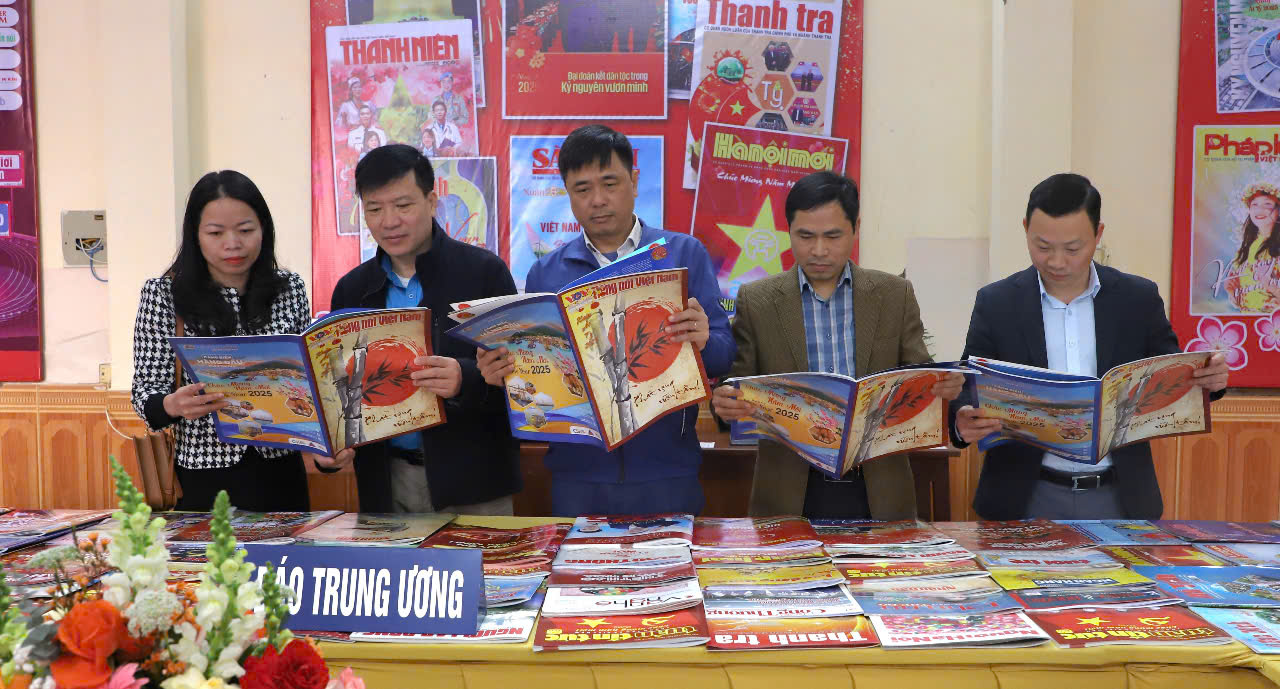


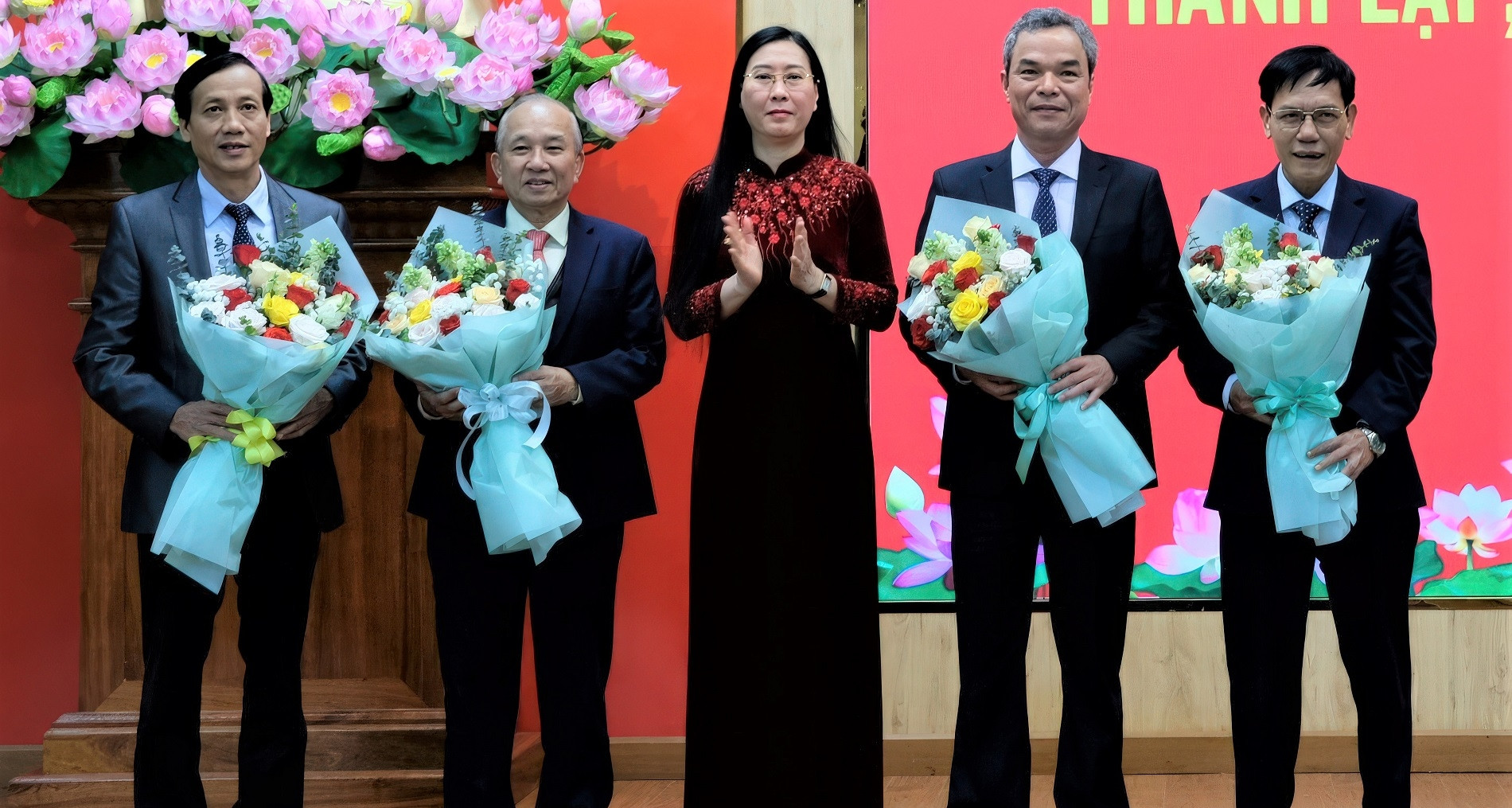




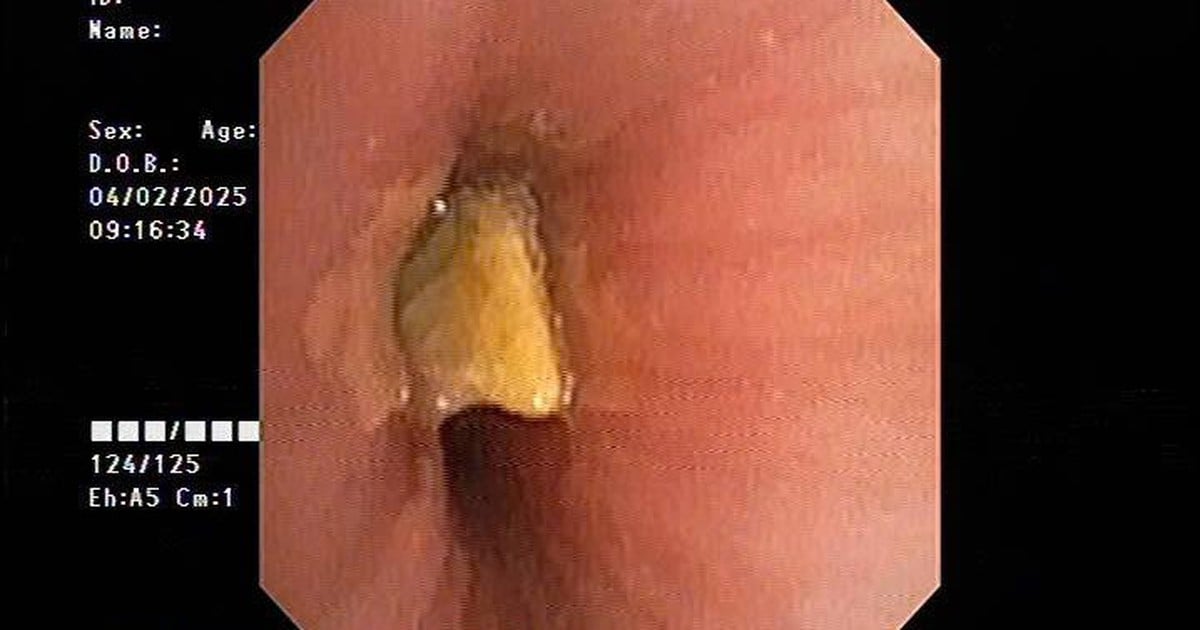





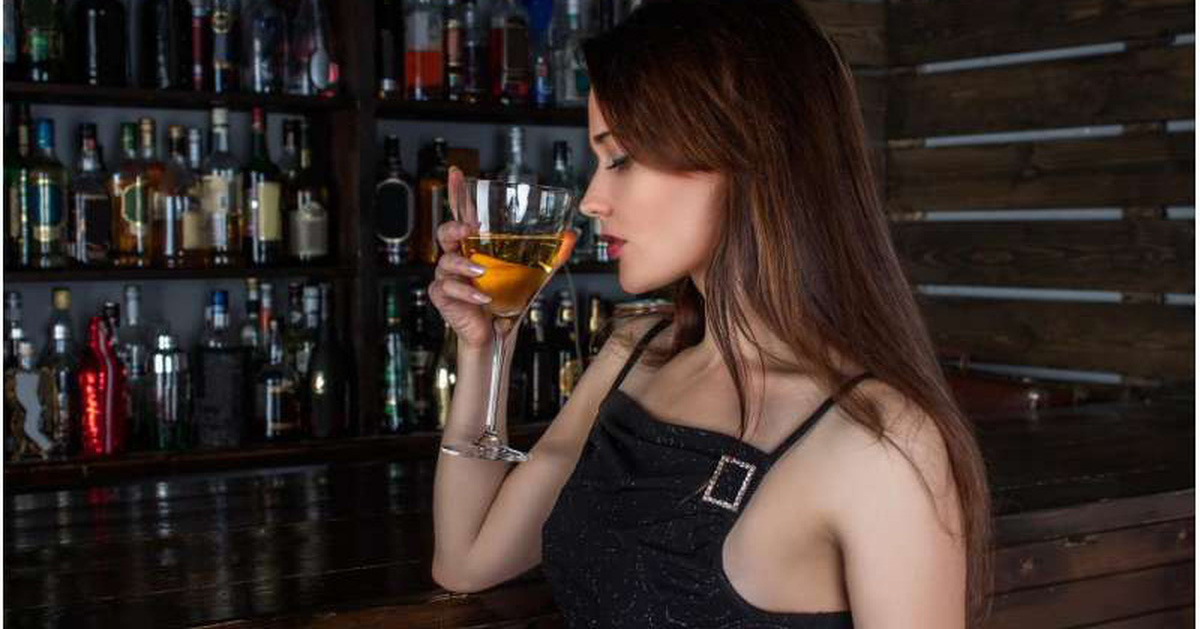
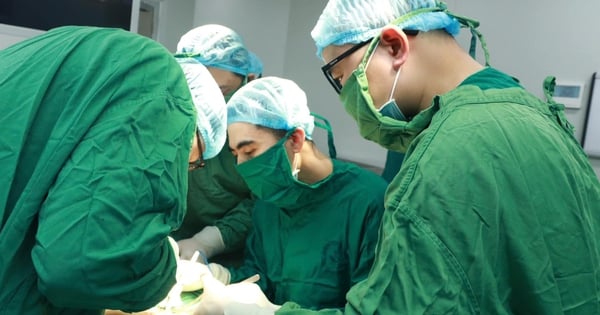




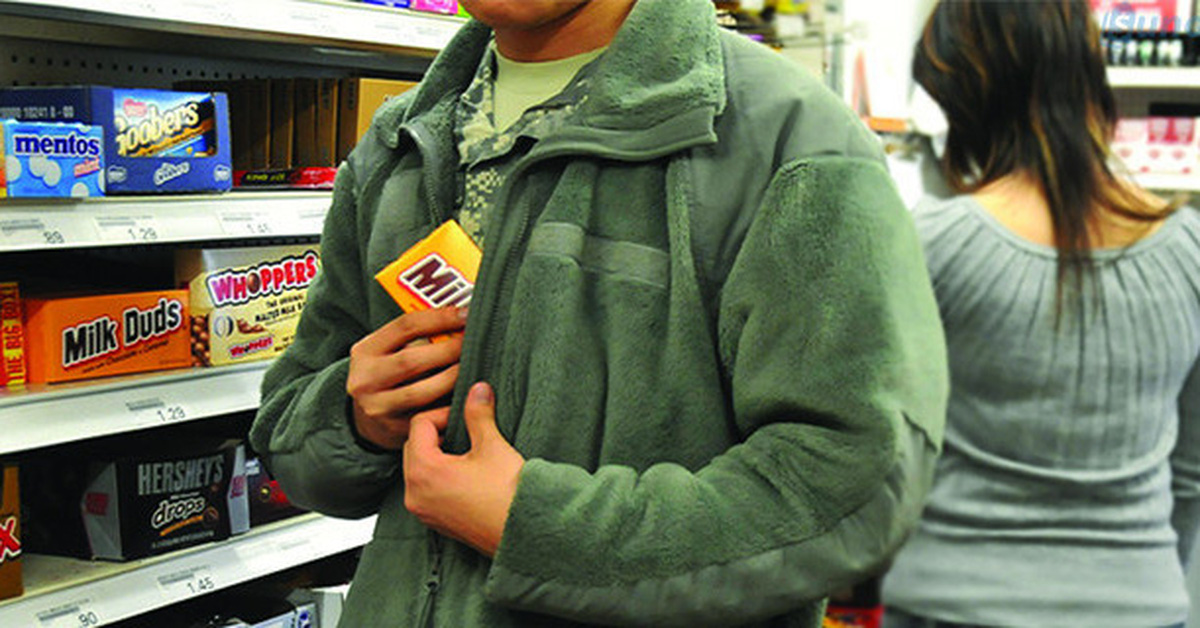



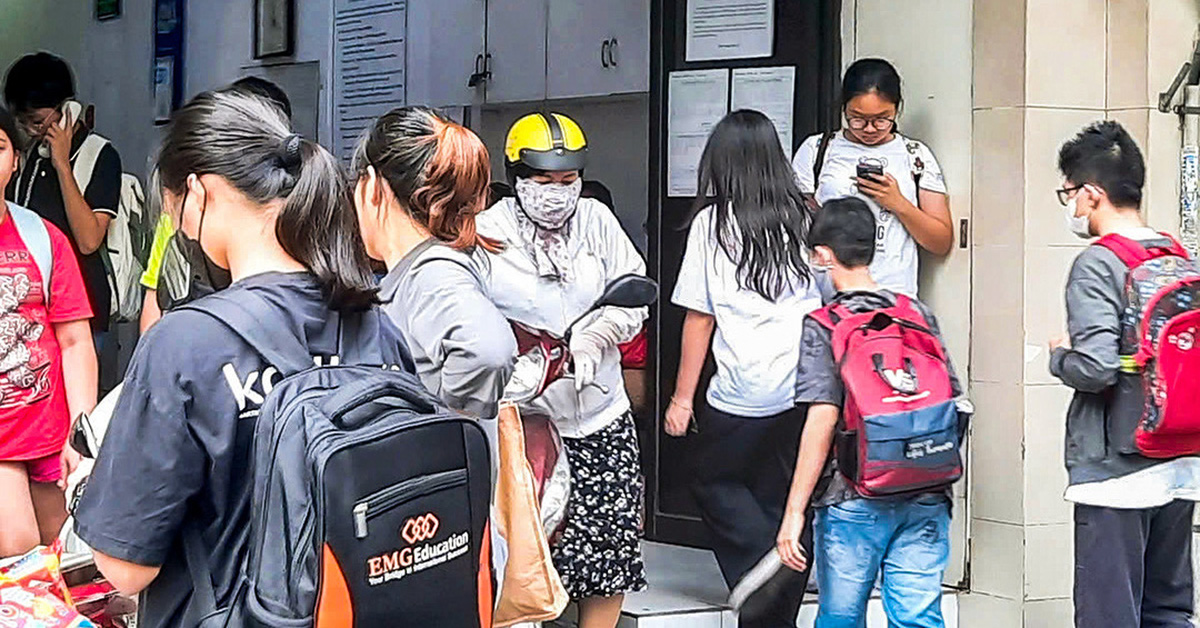




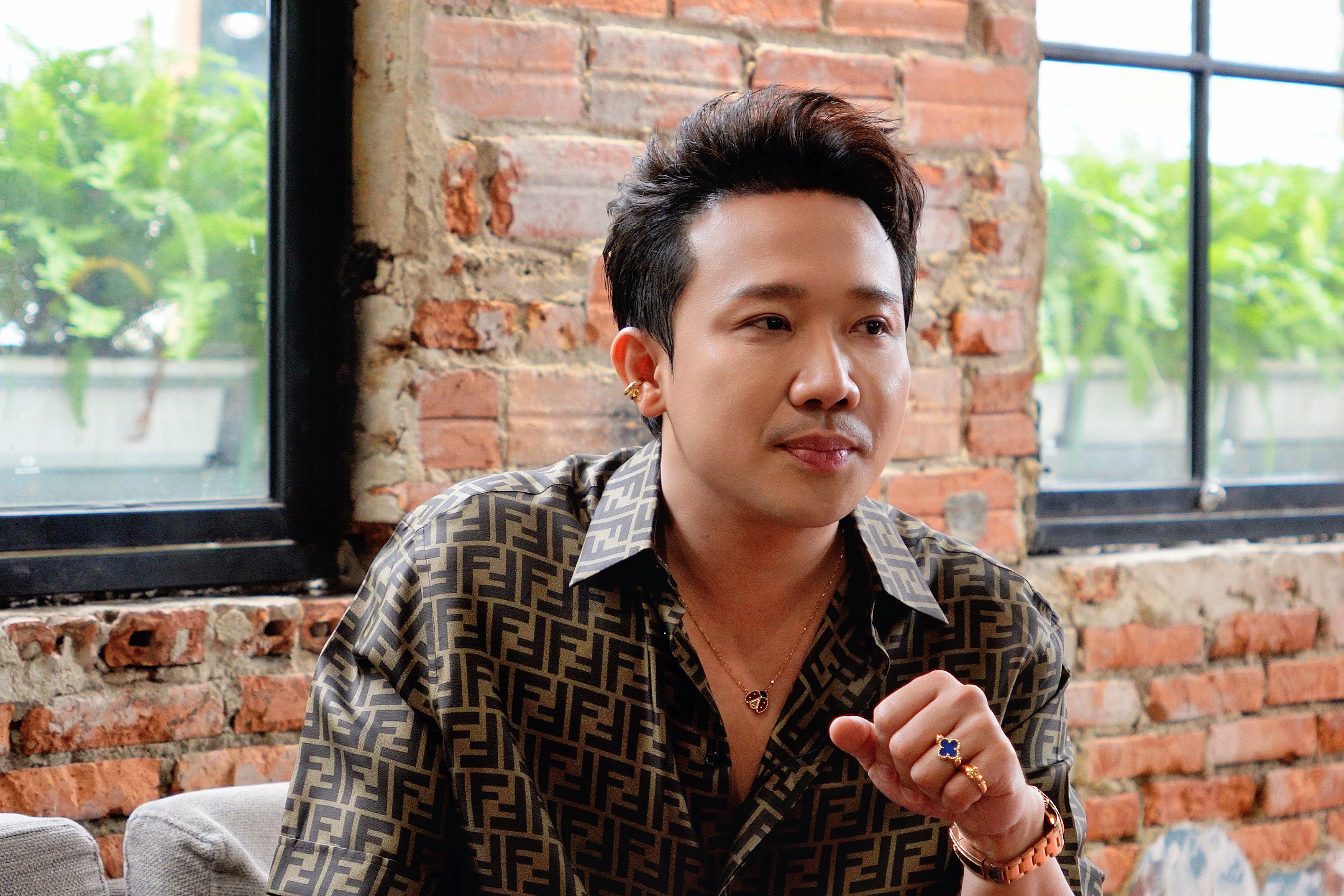




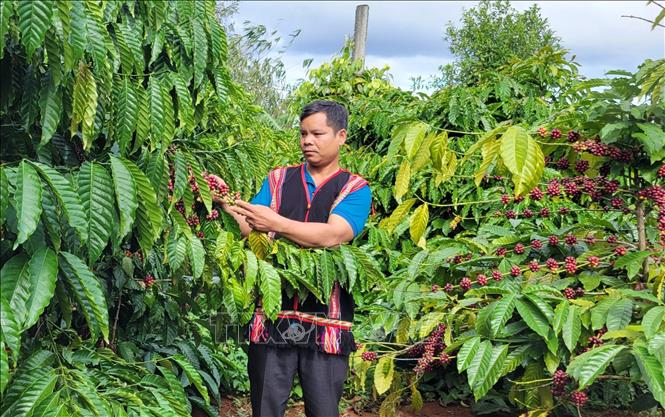

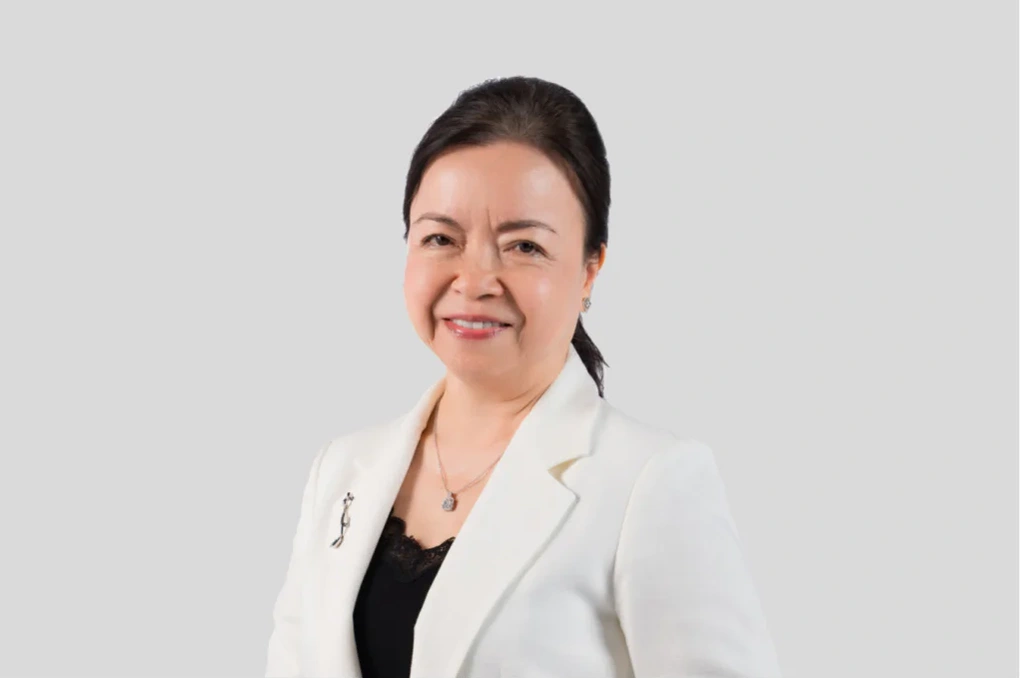



Comment (0)